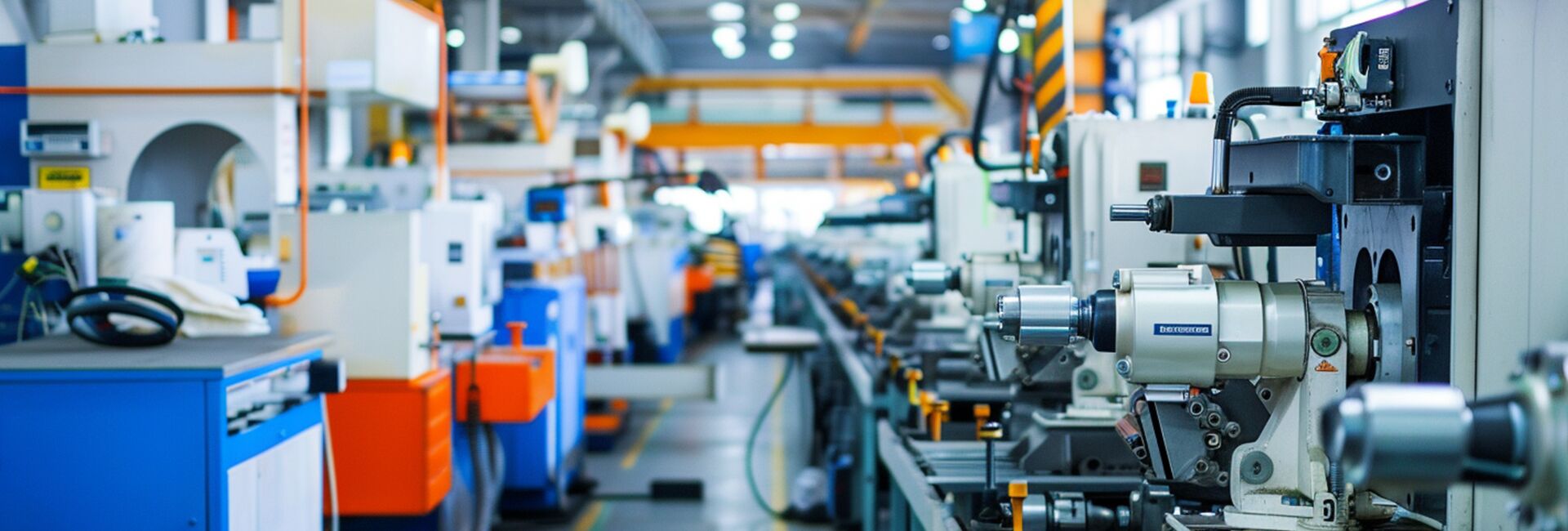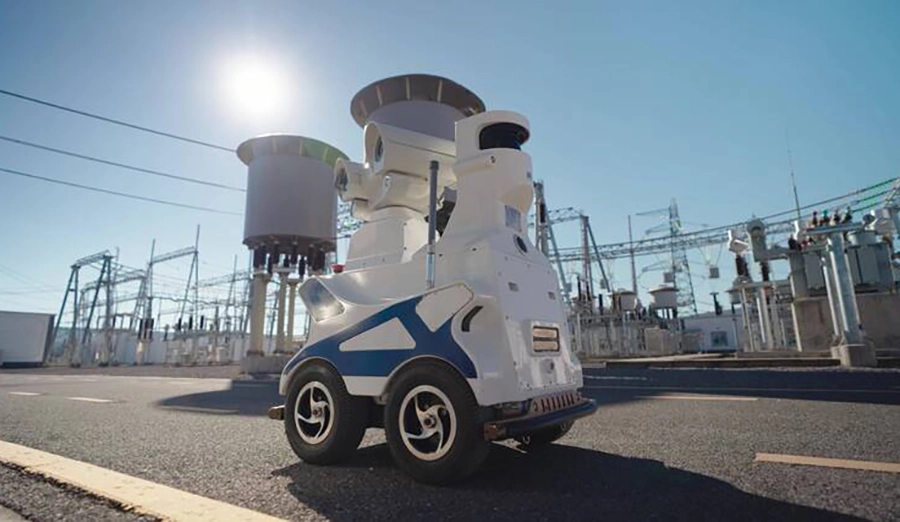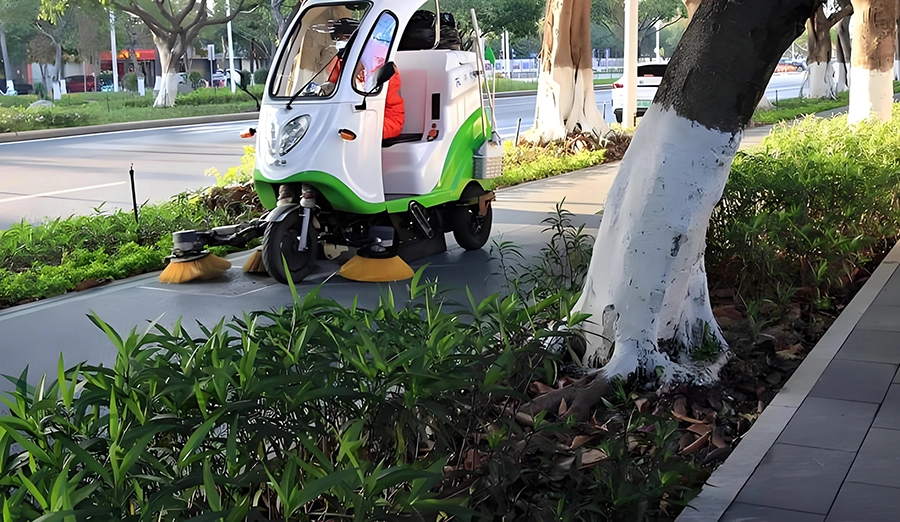
WIRELESS CHARGING IN THE NEWS
In recent years, with breakthroughs in artificial intelligence, sensors and bionic technology, quadruped robots, with their flexible movement capabilities and adaptability to complex terrains, are moving from laboratories to industrial sites. Compared with wheeled or tracked robots, quadruped robots can imitate the walking posture of living creatures and overcome obstacles such as steps, slopes and pipes that are difficult for traditional robots to pass through, thus becoming the "game-breakers" in the upgrade of industrial automation. This article will focus on its three major application directions in industrial scenarios: intelligent inspection, logistics transportation, and complex environment operations, revealing the practical value of this technology.
I. Intelligent Inspection: The "Unmanned Sentinel" in Dangerous Scenarios
In high-risk industries such as energy and chemical engineering, quadruped robots are replacing human labor to carry out inspection tasks in dangerous environments. For instance, the Spot robot of Boston Dynamics has been put into use on the Norwegian oil platform. Equipped with thermal imaging cameras and gas sensors, it autonomously inspects oil and gas pipelines every day, accurately identifies leakage points, and reduces the potential safety risks of manual inspections to zero. Among domestic enterprises, Yunshen Technology's "Jueying" robot has collaborated with State Grid to climb stairs and cross grasslands within substations. By using AI vision to identify abnormal temperatures of equipment, the inspection efficiency has been increased by more than three times. Siemens is attempting to deploy quadruped robots in oil refineries, using lidar to build 3D maps and monitor equipment vibration data in real time to prevent mechanical failures.
Ii. Logistics and Transportation: The "Last Mile" of Flexible Handling
In the warehousing and logistics scenario, quadruped robots are working in collaboration with AGVs (Automated Guided vehicles) and robotic arms to address the "end blind spots" of traditional automated equipment. For instance, after a certain auto parts warehouse introduced quadruped robots, they could flexibly reach the bottom of the shelves and lift goods that AGVs could not reach onto the conveyor belt, increasing the handling efficiency by 40%. The quadruped robot launched by Geek+ can also autonomously avoid obstacles in dynamic environments, adapt to frequent adjustments in warehouse layouts, and reduce the cost of enterprise transformation. In the port setting, quadruped robots can climb to the top of containers to check the status of lead seals, replacing manual labor to complete high-risk high-altitude operations.
Iii. Complex Terrain Operations: The "All-round Engineer" in Industrial Sites
In unstructured environments such as construction sites and mines, quadruped robots demonstrate unique engineering value. The American Built Robotics company combined it with mechanical arms, enabling robots to clear crushed stones in ruins or enter mines to collect geological samples. The quadruped robot developed by the Fraunhofer Institute in Germany is equipped with force-controlled foot ends, which can precisely control the stepping force and avoid stepping on precision equipment. It is worth mentioning that Boston Dynamics has collaborated with Holobuilder to use the 360° camera equipped on Spot to conduct a panoramic scan of the construction site and generate a digital twin model, helping engineers remotely monitor the construction progress.
The Future: The Evolution from "Tools" to "Agents"
Although quadruped robots still face challenges such as high costs and short battery life when applied on a large scale in industrial scenarios, their potential should not be underestimated with the integration of 5G, edge computing and digital twin technologies. In the future, quadruped robots may deeply integrate AI decision-making capabilities, upgrading from single task executors to "industrial intelligent entities" that can independently plan paths and diagnose faults, and become indispensable nodes in the intelligent manufacturing ecosystem.
According to Interact Analysis's prediction, the global quadruped robot market size will exceed 3 billion US dollars in 2025, with the industrial sector accounting for more than 60%. Behind this data lies not only the innovation of technology on productivity, but also a sign that a new industrial paradigm of human-machine collaboration is accelerating its arrival.







